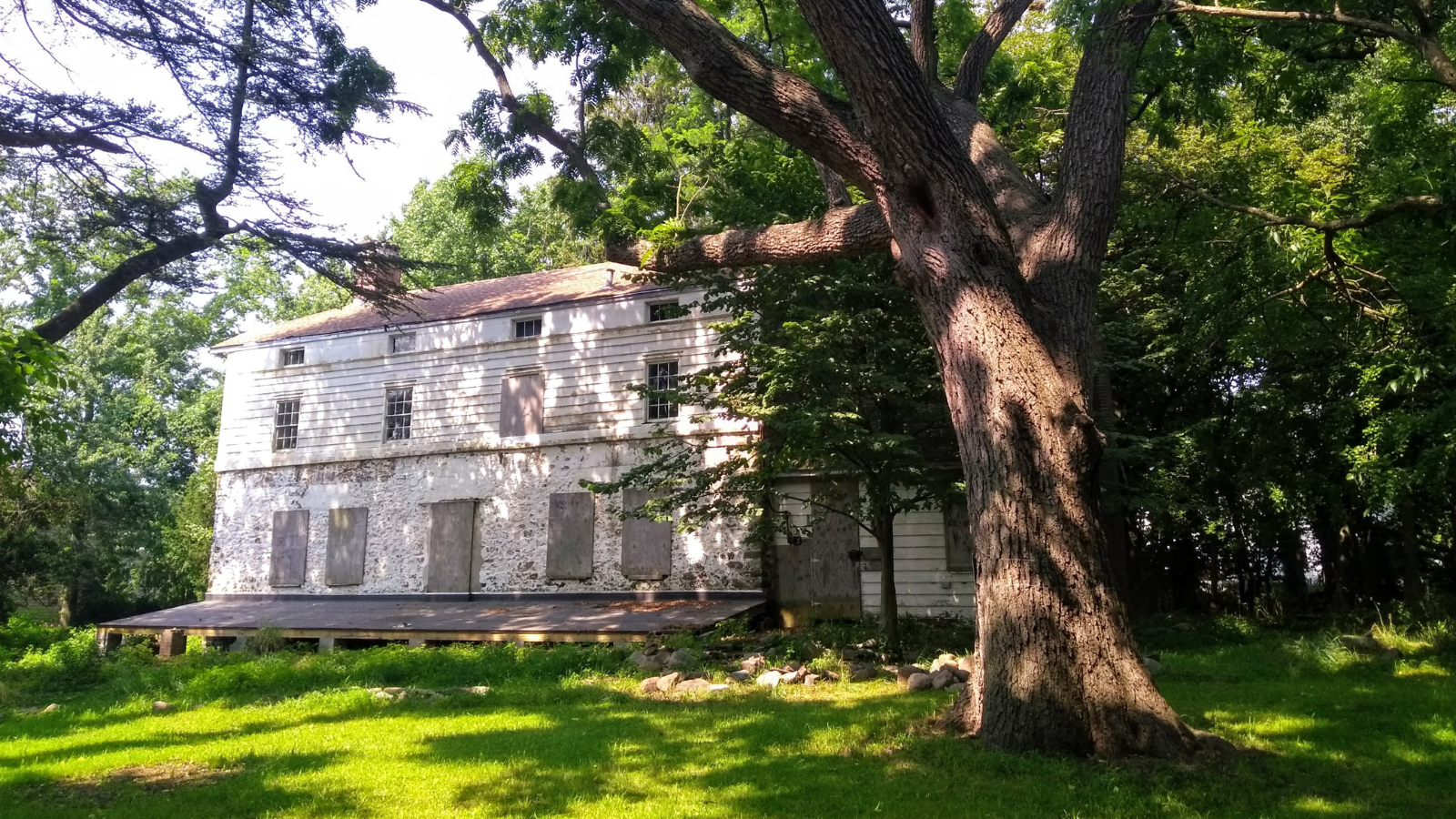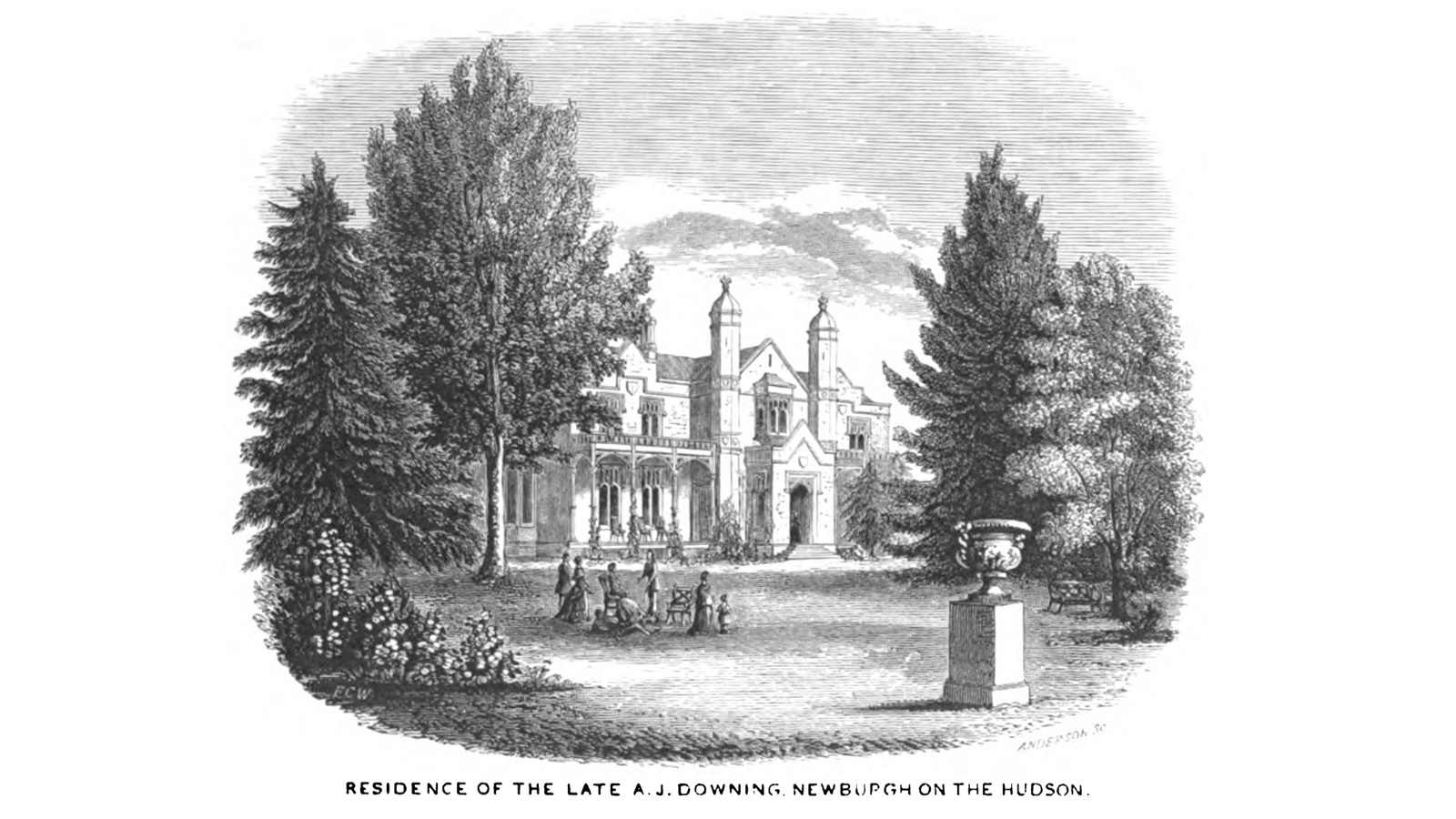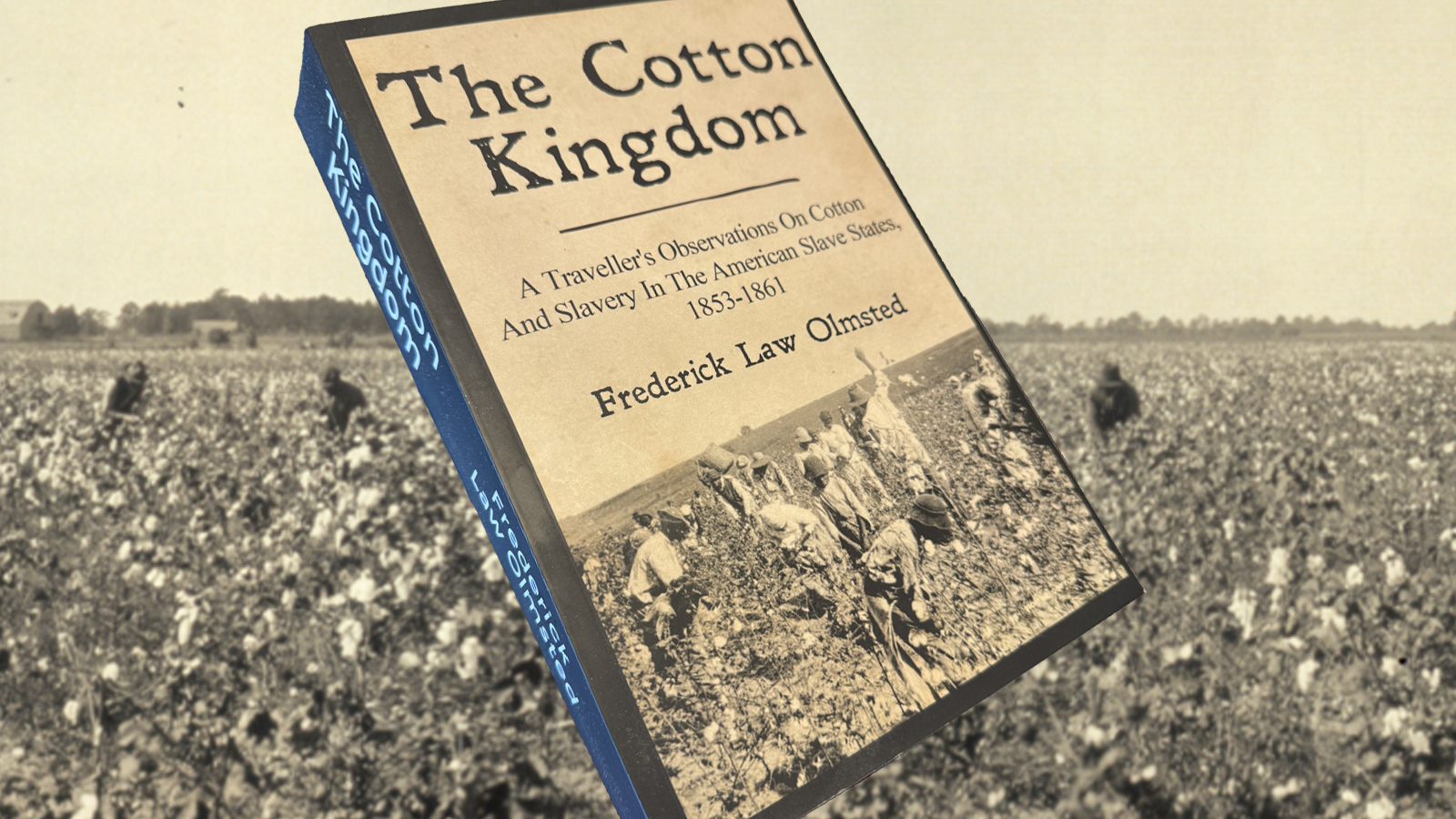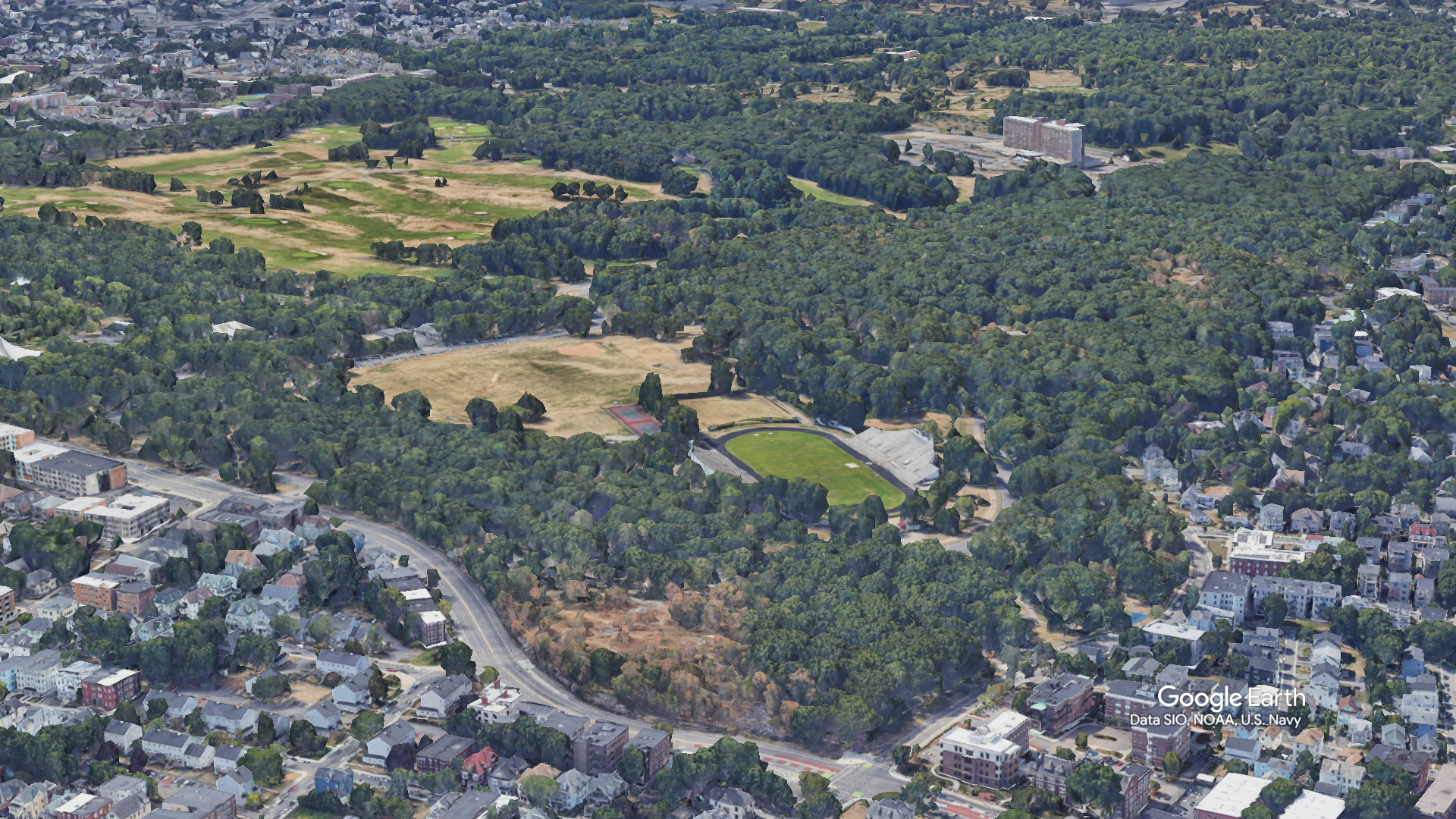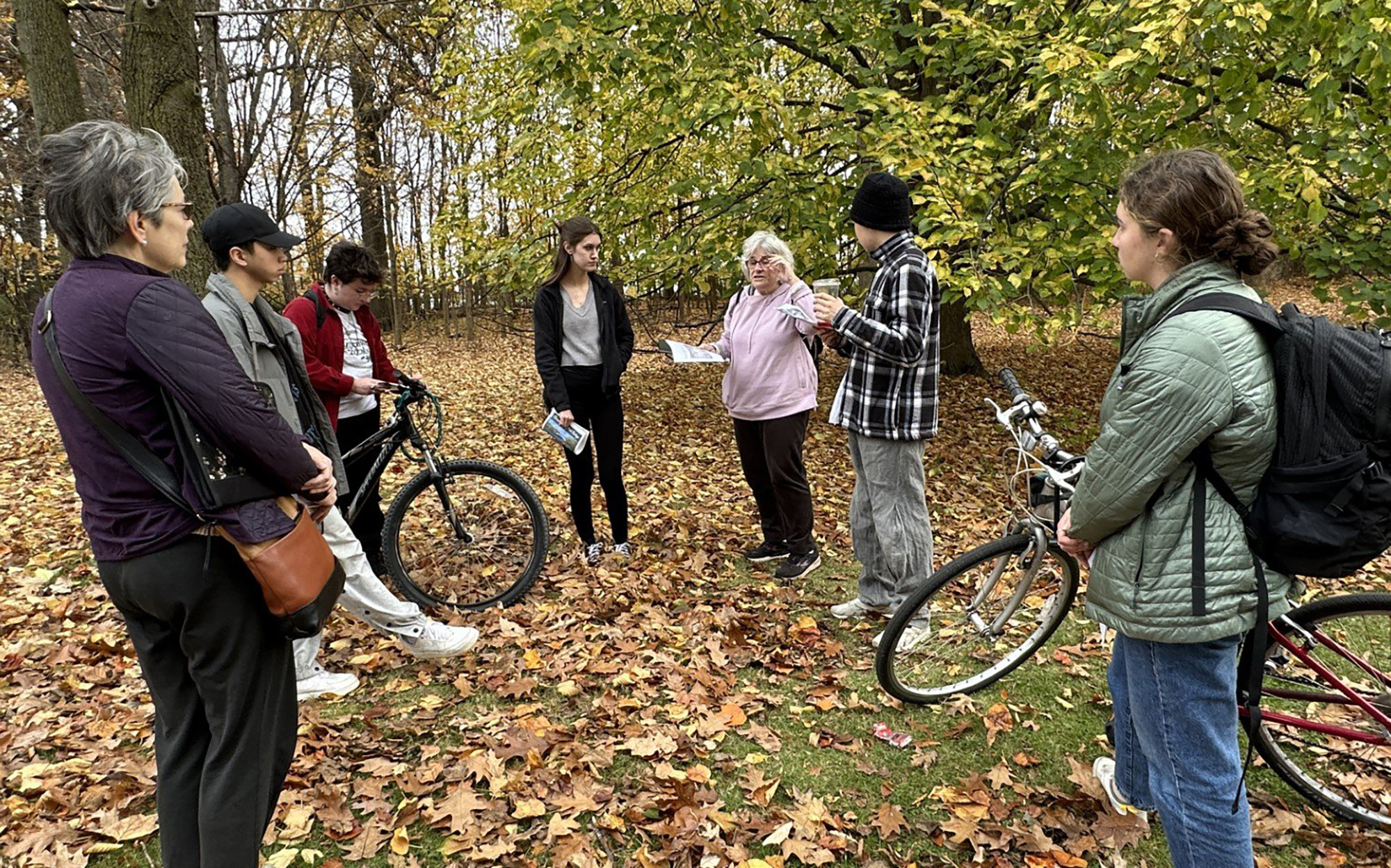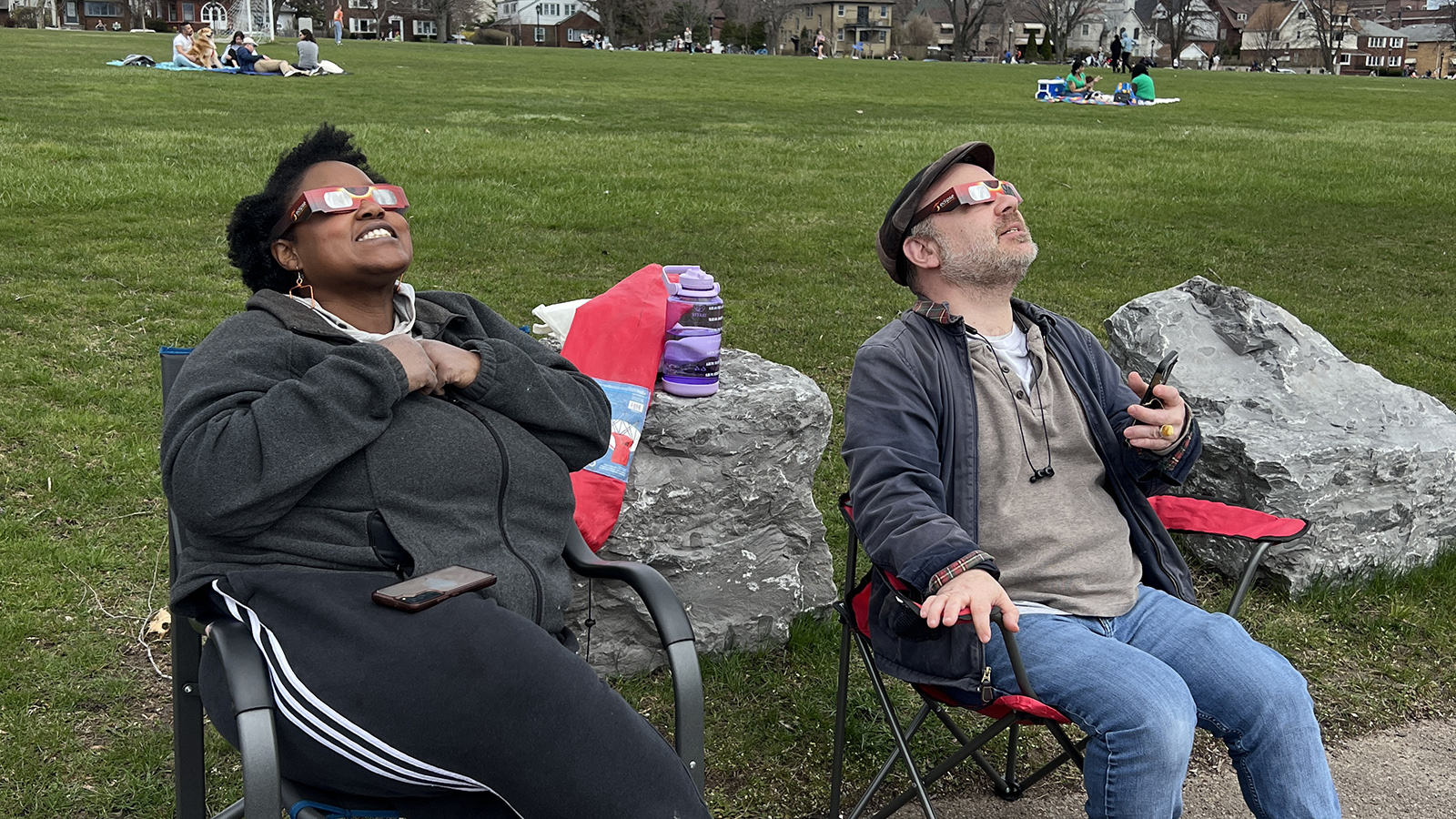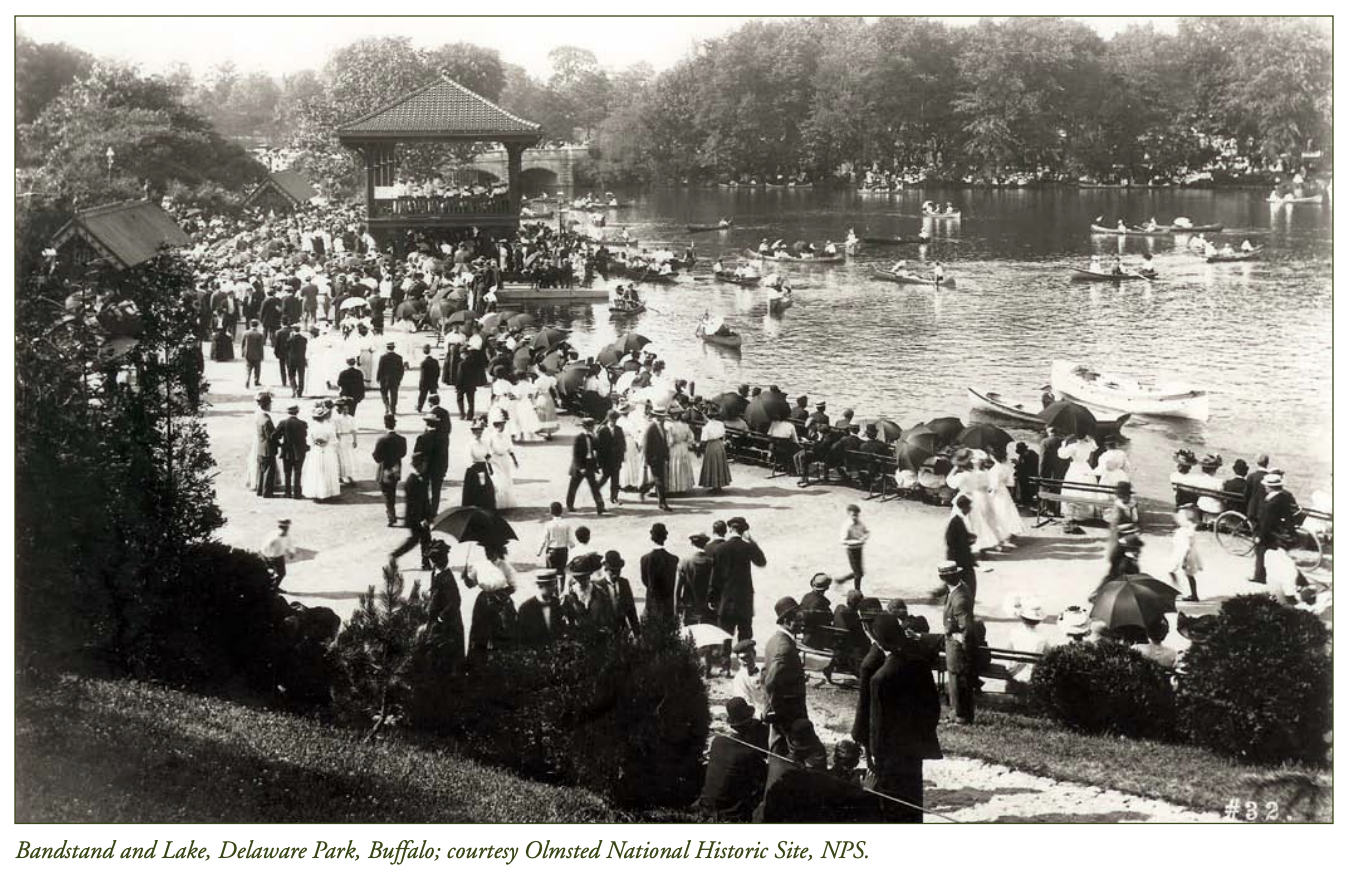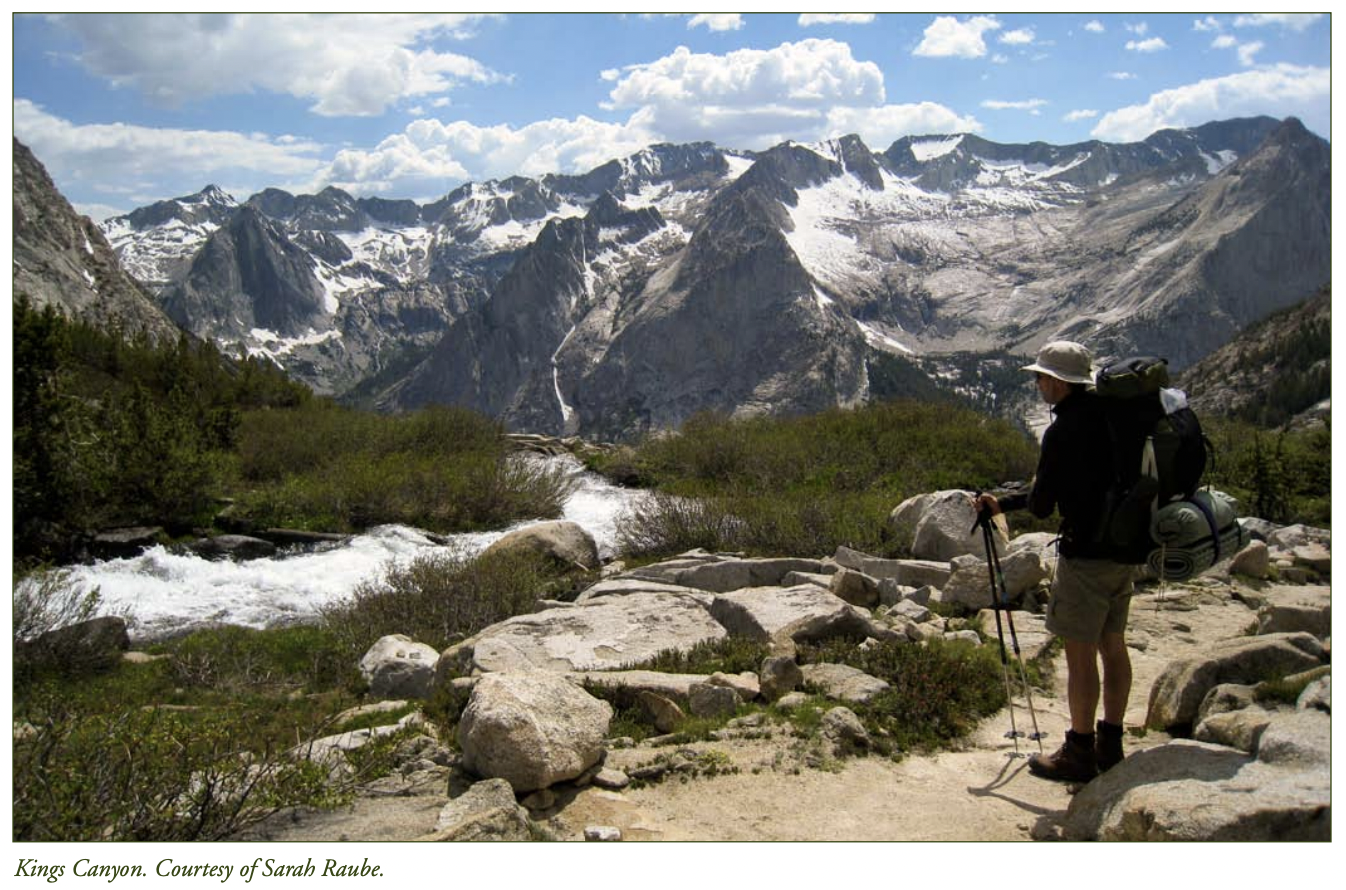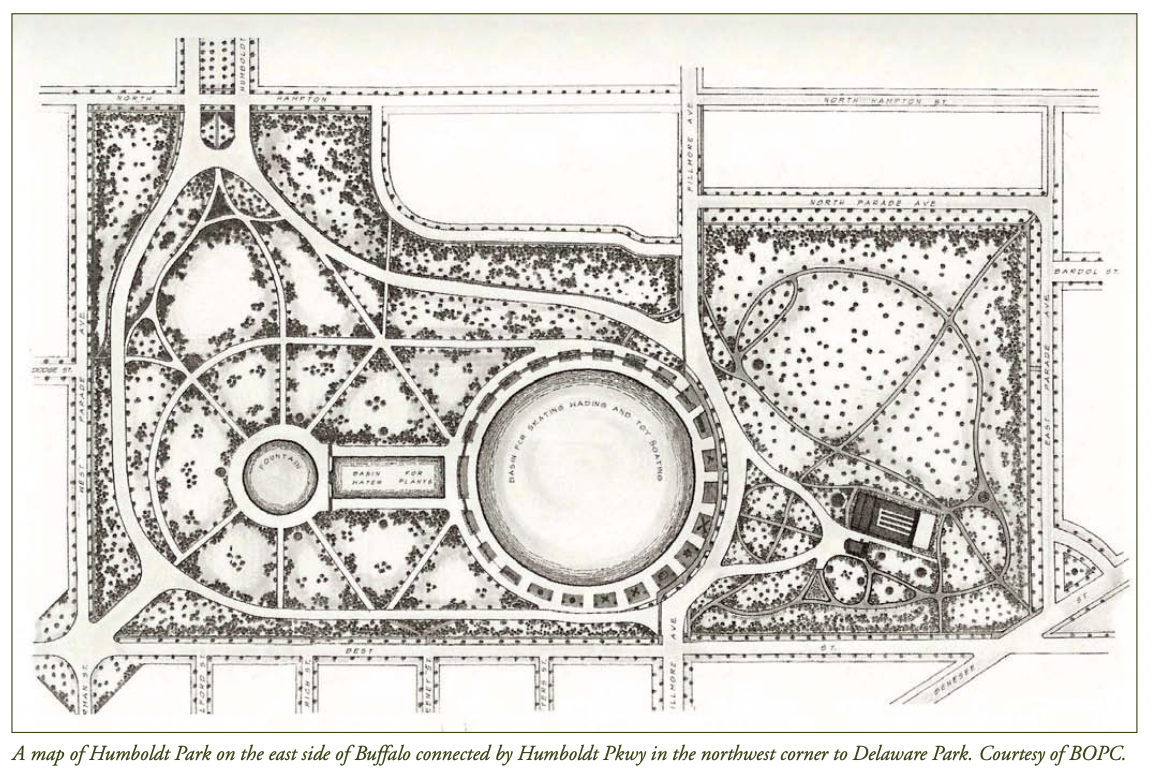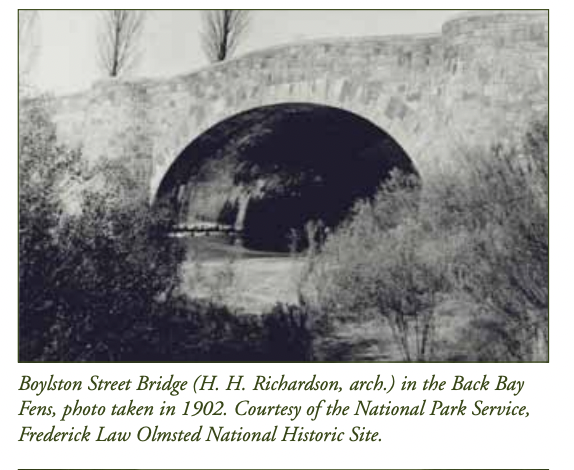
The Boston/Brookline parks, later known as the “Emerald Necklace,” were the most important projects in the Olmsted office during the years covered in The Papers of Frederick Law Olmsted, The Early Boston Years. In this 1883 report to the Boston Park Commissioners, Olmsted explains some of the purposes of the Back Bay Fens project, which at this point was under construction. The Back Bay Fens challenged contemporary assumptions about “parks.” Designed to function as a salt marsh in order to control flooding and improve sanitary conditions, the landscape offered none of the floral displays, fountains, monuments, or recreational amenities that characterized the Common or the Public Garden. Olmsted was concerned that the public might anticipate this kind of familiar precedent and would need to understand that the “Proposed Improvement of Back Bay,” as the Fens project was first known, was designed to create a living, ecological infrastructure as well as a unique public landscape.
Charles Henry Dalton (1826-1908) was a Boston businessman and a member of the Boston Park Commission from 1875-1885, serving as chairman for much of that time. Until his departure from the Boston Park Commission, Dalton was a key supporter and ally, vital to the implementation of Olmsted’s Boston park designs. The text presented here is from the Ninth Annual Report of the Board of Commissioners of the Department of Parks for the City of Boston for the year 1883 (Boston, 1884). A draft of this report in Olmsted’s hand is in the Papers of Frederick Law Olmsted at the Library of Congress.



